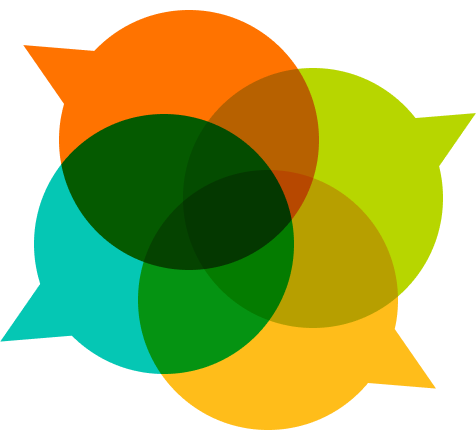Learning circle facilitators talk about how learning circles fit in with other library and/or adult programming. With contributions from: Qumisha Goss, Detroit Public Librar; Jill Castek, University of Arizona; and Athanasia (Athy) Fitos, Miami Dade Public Library System
Here a list of how learning circles have been paired with other programs:
Added on to an existing program : As a complementary initiative to fit different interests and audiences. Example: Offering three different pathways to learning on the same topic: Expert-led program, Online Only Course, and Peer-based (learning circle).
Added to the end of a program . At the end of workshop, program, conference or presentation, learning circles offer a self-organized program for continued learning based a specific topic or interest
Paired with ongoing local/national/library theme Example: Learning circles paired with NaNoWriMo, “Summer school”, “Back to school”, “Music month”.
Hosting an existing community that wants to focus on offering public learning program and has some resources to guide discussion and learning. It may be a way for their networks to gain further interest and new audiences. Example: reaching out to Code for America/Code for Canada; Language groups, other local Meetup groups
Internal learning circles for staff . Example: Professional development focus such as team building, grant writing or social media. @Susan_Lyon offers a good example of how they paired learning circles in Richland county library.
Volunteer/ non-librarian run learning circle . Example: Americorps volunteers coordinate surveys or needs assessment with the surrounding community, then they host a learning circle based on what they discover. Another example: Learning circle participant creates and runs the next learning circle on a similar or advanced topic.
As library community consultation . Example: Patrons come together, and over a period of weeks, discuss how they can improve the branch together.

